Known for its vineyards and rich heritage, Burgundy has cultivated deep links with art since the Middle Ages. In the 15th century, the dukes of the region, who at that time were more powerful than the kings of France, would commission the most famous living artists – including Rogier van der Weyden, Jan van Eyck, and Jean Hey – to create masterpieces that can now be found in some of the most important museums around the world. This ambition and active patronage still thrives here today, with a whole host of cultural institutions and projects focusing on Modern and contemporary art.
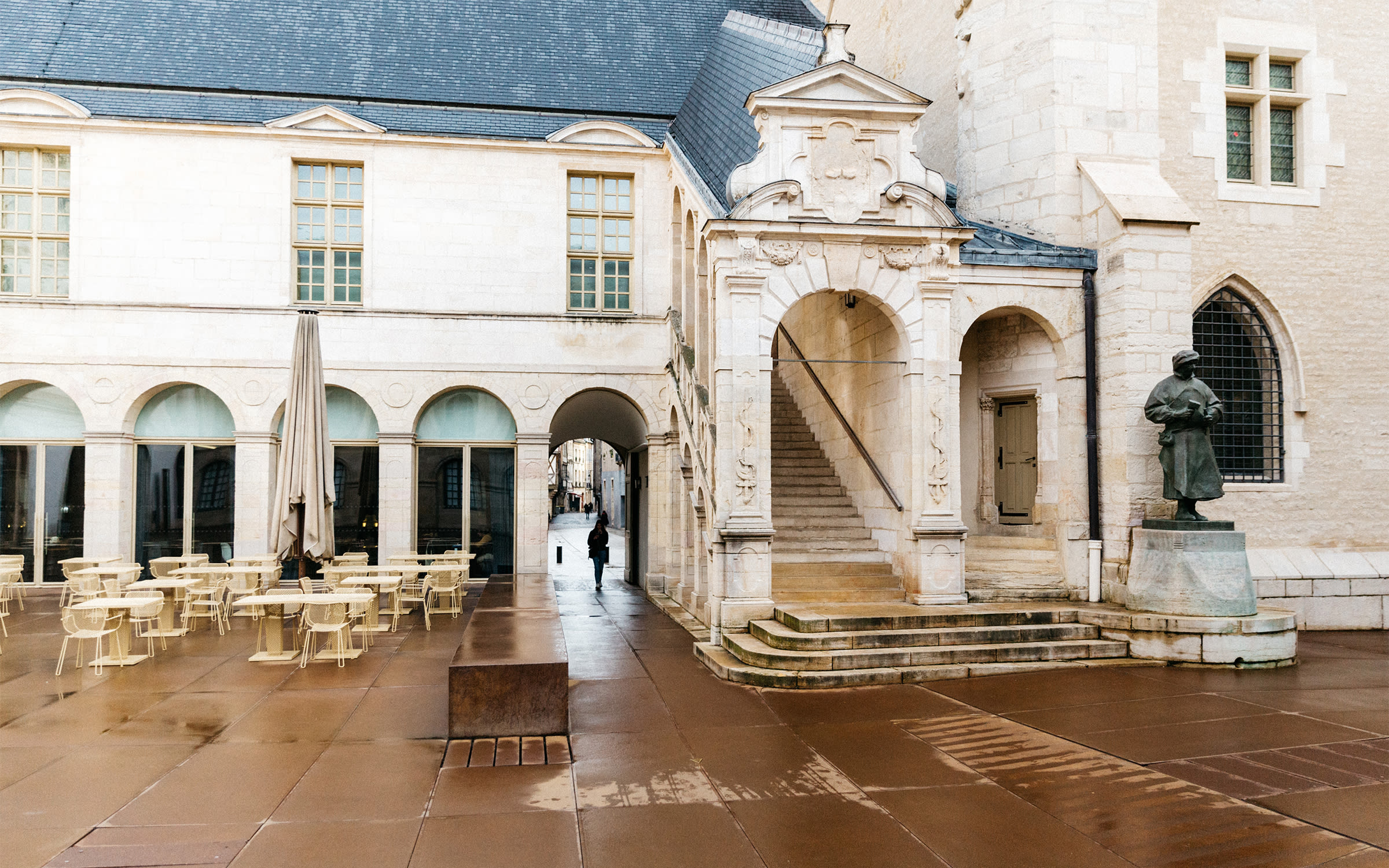
Burgundy has had a Fonds régional d'art contemporain (a regional contemporary arts fund, known as a Frac) since 1984, with a large collection of more than 800 works displayed at Les Bains du Nord, their permanent exhibition space in the region’s capital, Dijon. But it’s above all the city’s contemporary art center, Le Consortium, that has made a name for itself outside the region and even abroad, with Laure Prouvost, Olivier Mosset, Bertrand Lavier, and Sarah Lucas just some of the artists to have exhibited there.
‘At the end of the 1970s, some academics decided to create an organization to exhibit contemporary art. More than 40 years later, we’re still here, showing the art of our time and building local audiences, to whom we owe it to offer a serious program. That’s the noble part of our work, and it’s exciting to be able to share it with others,’ says Éric Troncy, the center’s director. He continues: ‘We are like a family business, where the people who founded the space are still managing it. This stability has created loyalty with the artists. A relationship can’t be boiled down to just one exhibition, as is the case with some museums. We are exhibiting young artists, but not necessarily young in terms of age.’
‘L’Almanach 23’, the fourth edition of the biennial begun in 2014 and currently on display at Le Consortium, is a good example of this approach. Fourteen artists were invited to participate – including the New Zealand-born, Los Angeles-based artist Emma McIntyre, German-born, Vienna-based Ernst Yohji Jaeger, as well as Dijon-based Cécile Maulini – and each has a room dedicated to their work.
Xavier Douroux, one of Le Consortium’s founders and the creator of the publishing house les presses du réel, passed away in 2017, but his legacy remains visible in the region. Douroux was one of the key figures in the Société des Nouveaux commanditaires, (Society of New Patrons), an organization founded to promote ‘citizen-led art commissions,’ with the idea that each work produced would become ‘a participant in public life.’ Since 1991, more than 330 projects have been carried out with the backing of this unique program. The poetic work of Rémy Zaugg at the old washhouse in Source-Seine, a monument by Thomas Houseago in Dijon, as well as a marble sculpture by Rachel Feinstein’s in Précy-sous-Thil are just three works among dozens commissioned by the New Patrons in Burgundy.
The tradition of patronage and public art has been around for centuries in the region. Christian Zervos, the founder of Cahiers d’Art, became a part of this legacy when he left his collection to the town of Vézelay upon his death in 1970. The collection has been housed since 2006 in the home of the writer Romain Rolland, turning the ‘eternal hill,’ as Vézelay is known, into a place of pilgrimage for Modern art lovers. Zervos’s wife Yvonne staged exhibitions at their gallery in Paris, showing works by Joan Miró, Marc Chagall, Fernand Léger, and Pablo Picasso. Work by these artists can be seen in the Musée Zervos – Maison Romain-Rolland, along with others by Wassily Kandinsky, Piet Mondrian, Alberto Giacometti, and Alexander Calder.
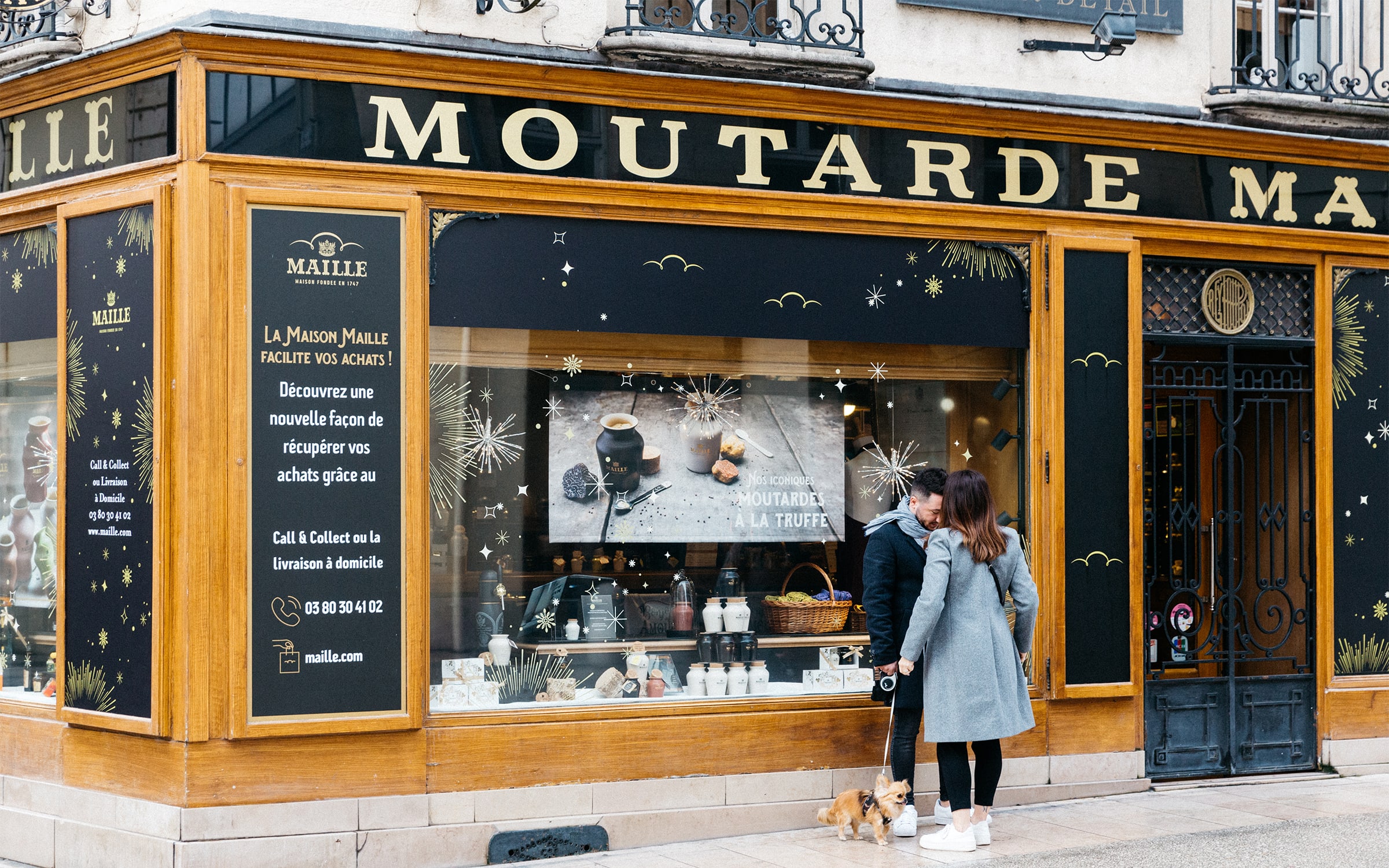
Burgundy is a fertile area for artists. After moving to Dijon from Shanghai in August 1980, the painter Yan Pei-Ming is still very attached to the region. With broad gestures and brushstrokes, he sketches dictators and pays homage to history’s great painters (such as Gustave Courbet), his mother, as well as the unknown women discovered in the archives of the fabulous museum dedicated to photography in Chalon-sur-Saône, the Musée Nicéphore Niépce.
The Chinese artist also chose to include a portrait of Xavier Douroux in his exhibition ‘L’homme qui pleure’ (‘The man who weeps’) – the inaugural show for the newly renovated Musée des Beaux-Arts in Dijon, located in the former dukes’ palace. This is a way for Pei-Ming to honor the impact that Le Consortium, which included him in its program as early as 2005, has had on his career.
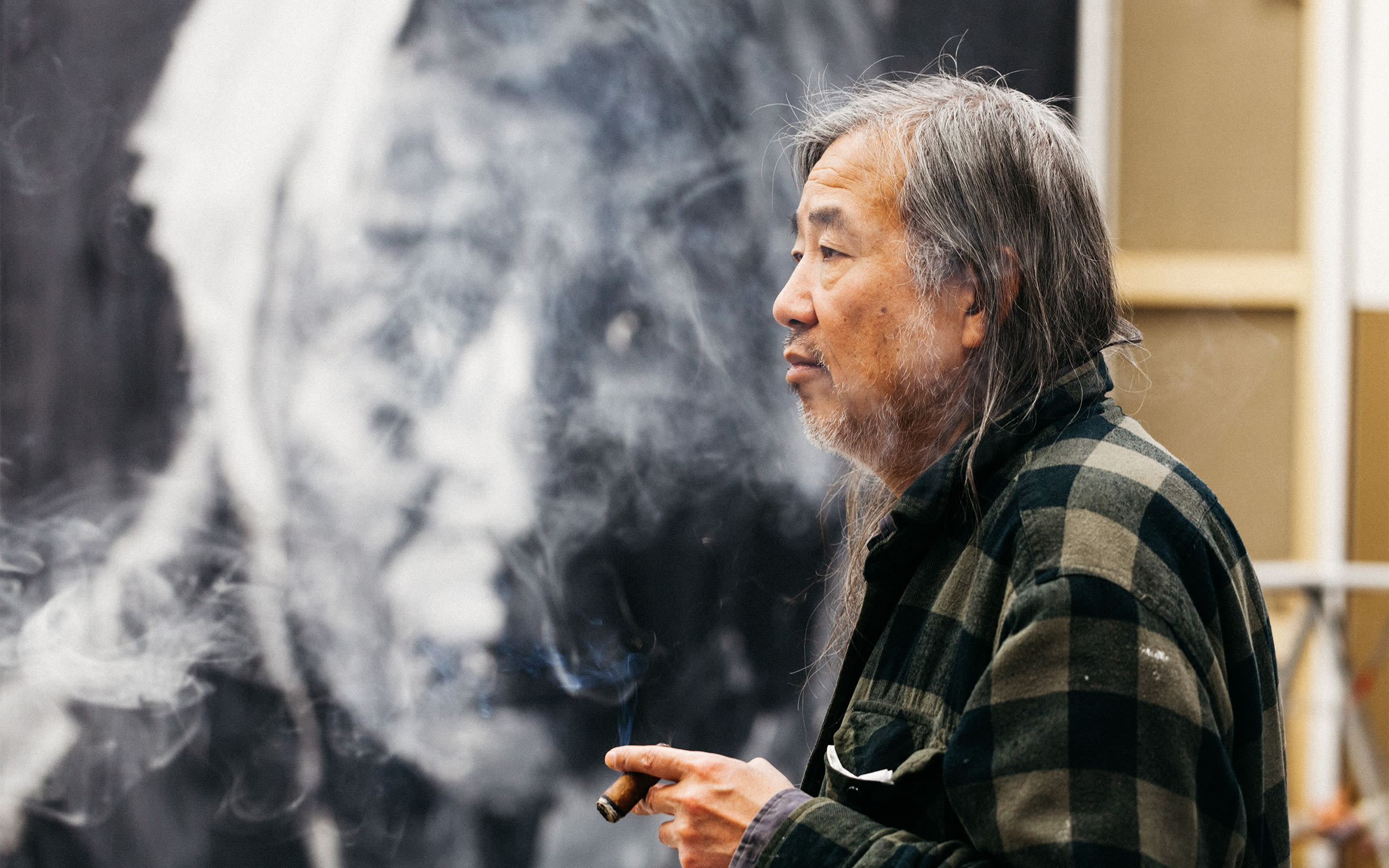
Burgundy is also a rural region, its countryside conducive to creation for some. It’s a special place of inspiration for Mathilde Rosier, who has lived in the Côte-d’Or area for 20 years. A painter, sculptor, and video artist, she is currently working on an exhibition for the Fondation Pernod-Ricard in Paris. ‘I quickly established myself as an artist on the international circuit. I’ve lived in several capitals, but I prefer living in the countryside. All of my ideas come from that. The countryside is not actually a retreat,’ she explains. Her work regularly focuses on the theme of hybridization between animals, plants, and humans. For Rosier, an artist ‘is someone who wakes up your conscience, who is part of a rush of intelligence, and brings lightness and a type of love.’ In the countryside, she thrives on the changing seasons. ‘Creation is an expression of my joy. I feel a zest for life,’ she confides.
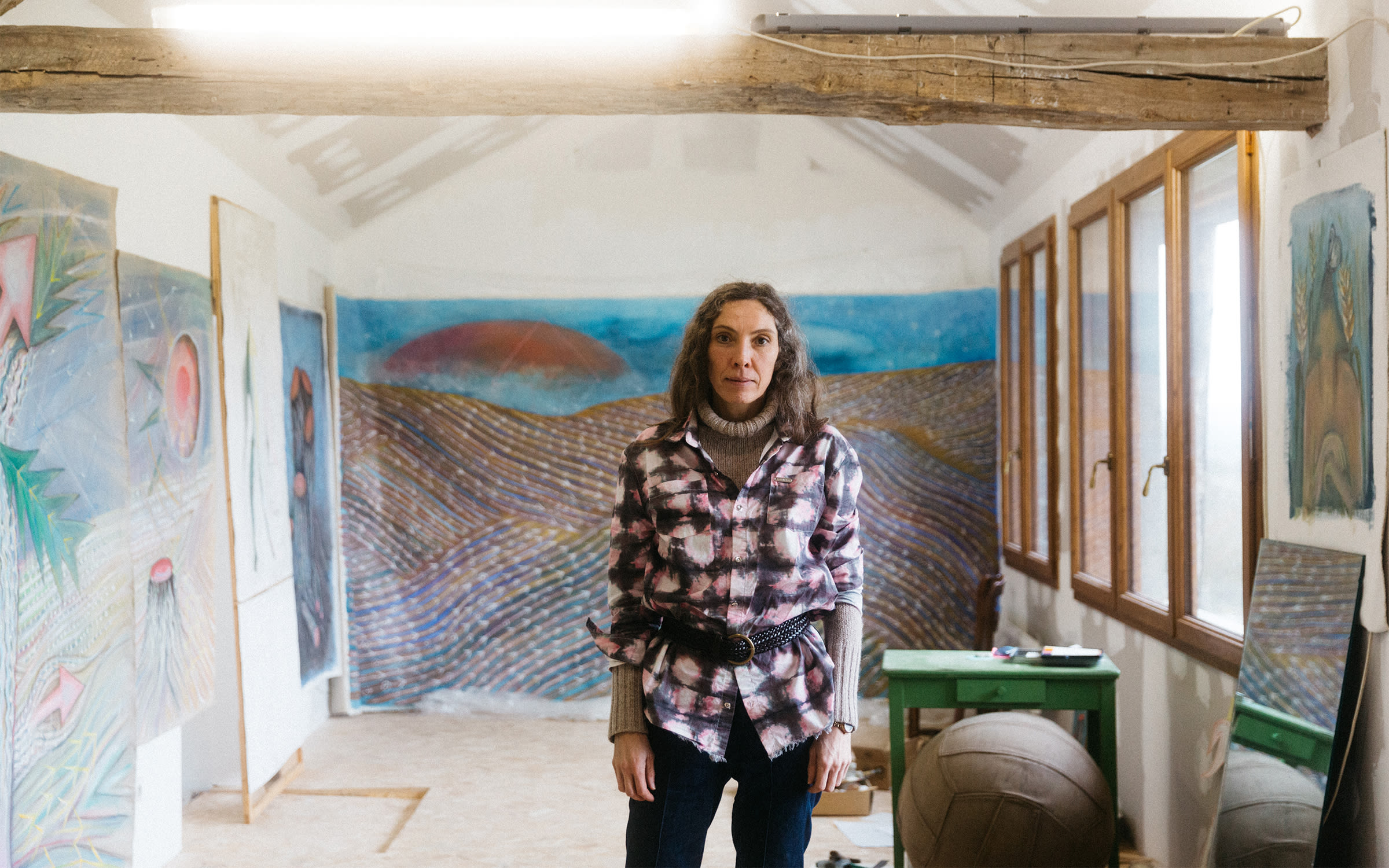
More than 20 years ago, the collector and gallerist Bruno Mory also decided to establish himself in rural Burgundy, where he shows works by Eugène Leroy as well as the monumental sculptures of Mark di Suvero. The American artist packed himself off to Burgundy in the 1970s and worked there for around a decade before going back to the United States – leaving some artworks behind. The works shown by Mory find their full meaning in the rolling stretches of countryside around Cluny, in the park surrounding his gallery – where he has also hosted an international tribal art fair for several years. Di Suvero’s works can also be found in Chagny, not far from the Côte-d’Or. Here is the home of another gallerist, Pietro Spartà, who exhibits artists including Christian Boltanski, Annette Messager, Richard Serra, and Sophie Calle.
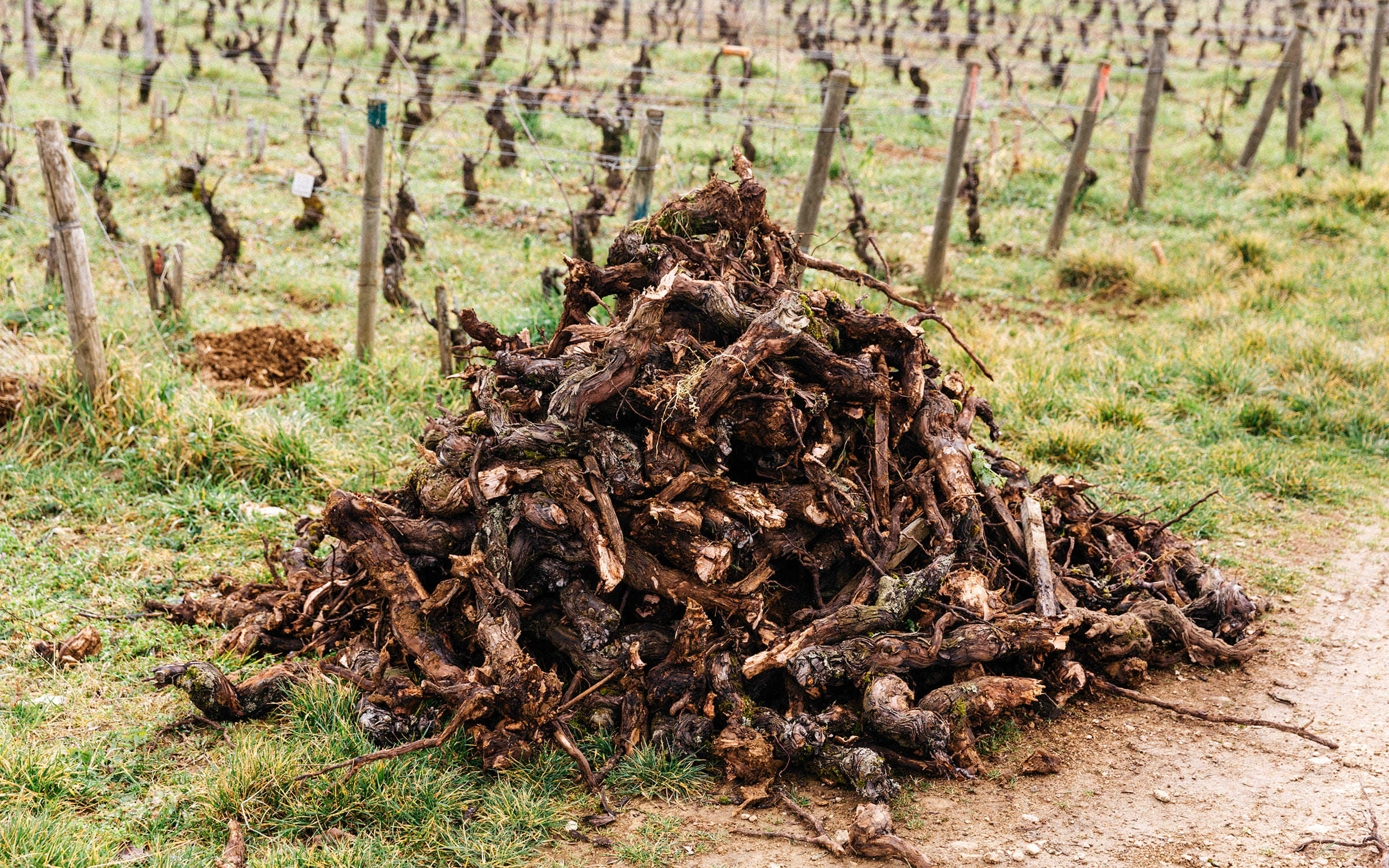
Burgundy has an exceptional density of religious sites, with many dating from the Roman period. Unique to the area is a connection between religious and contemporary art, which extends like a web across the region’s most iconic buildings. Cluny Abbey, the biggest building of Christianity up until the construction of St. Peter’s Basilica in Rome, invites artists for exhibitions, promoting a conversation between the ancient and the modern. Xavier Veilhan exhibited Le Baron de Triqueti in the cellar there in 2014. In a few weeks, the Jean de Bourbon chapel – a Gothic masterpiece that is in the process of being restored – will be decorated with glass windows by Sarkis. This newly commissioned work on enameled glass, is like colored rain sliding down the chapel’s bay windows, and will be shown alongside a recreation of two long-lost altars.
The link between religious and contemporary art is even more evident at the Musée du Hiéron in Paray-le-Monial, which reopened in 2006. ‘Contemporary art has reawakened interest in religious art,’ says curator Dominique Dendraël. The dialogue started with the renovation of the building, which was constructed between 1890 and 1893, and can be seen in the exhibition rooms where Roman masterpieces, Italian works from the 17th and 18th centuries, and contemporary art are displayed alongside each other. On one of the walls, Thomas Gleb’s Signe (created for the Carmel de Niort in 1979), creates a wound in the plaster, evoking pain, suffering, and the Passion of Christ, just like the hundreds of red glass and clear crystal droplets of Hélène Mugot’s arresting Du sang et des larmes (2004). This summer, the town of Autun will also host a new edition of its biennial, the International Festival of Contemporary Sacred Art on the theme of migration, with 25 artists including Ai Weiwei, Bahia Shehab et William Kentridge.
The rich culture that has characterized Burgundy since medieval times is still very much alive and well today. It continues to thrive through public and private initiatives alike. New ventures and the innovative revitalization of some historic locations bring depth and variety to this vibrant local art scene.
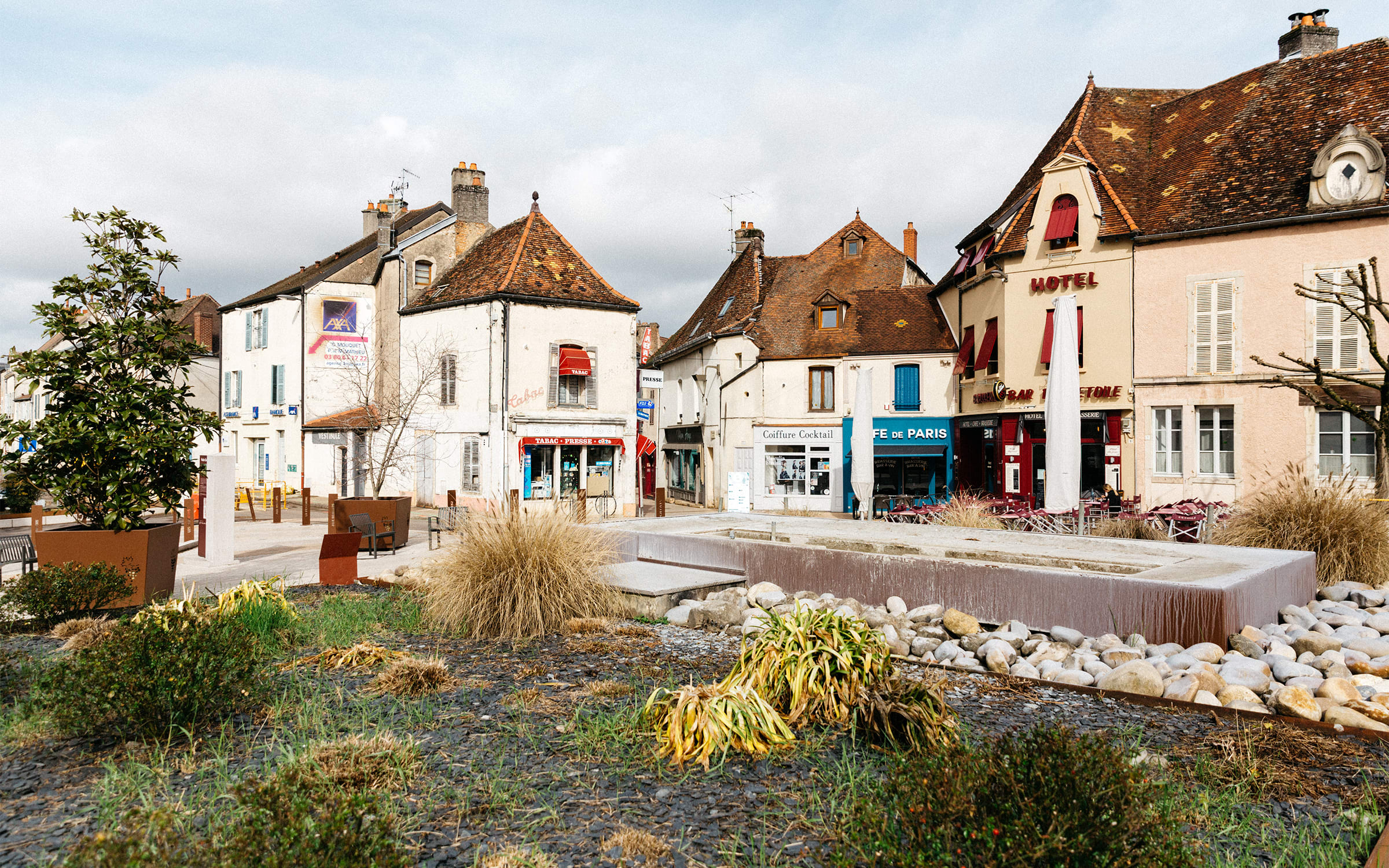
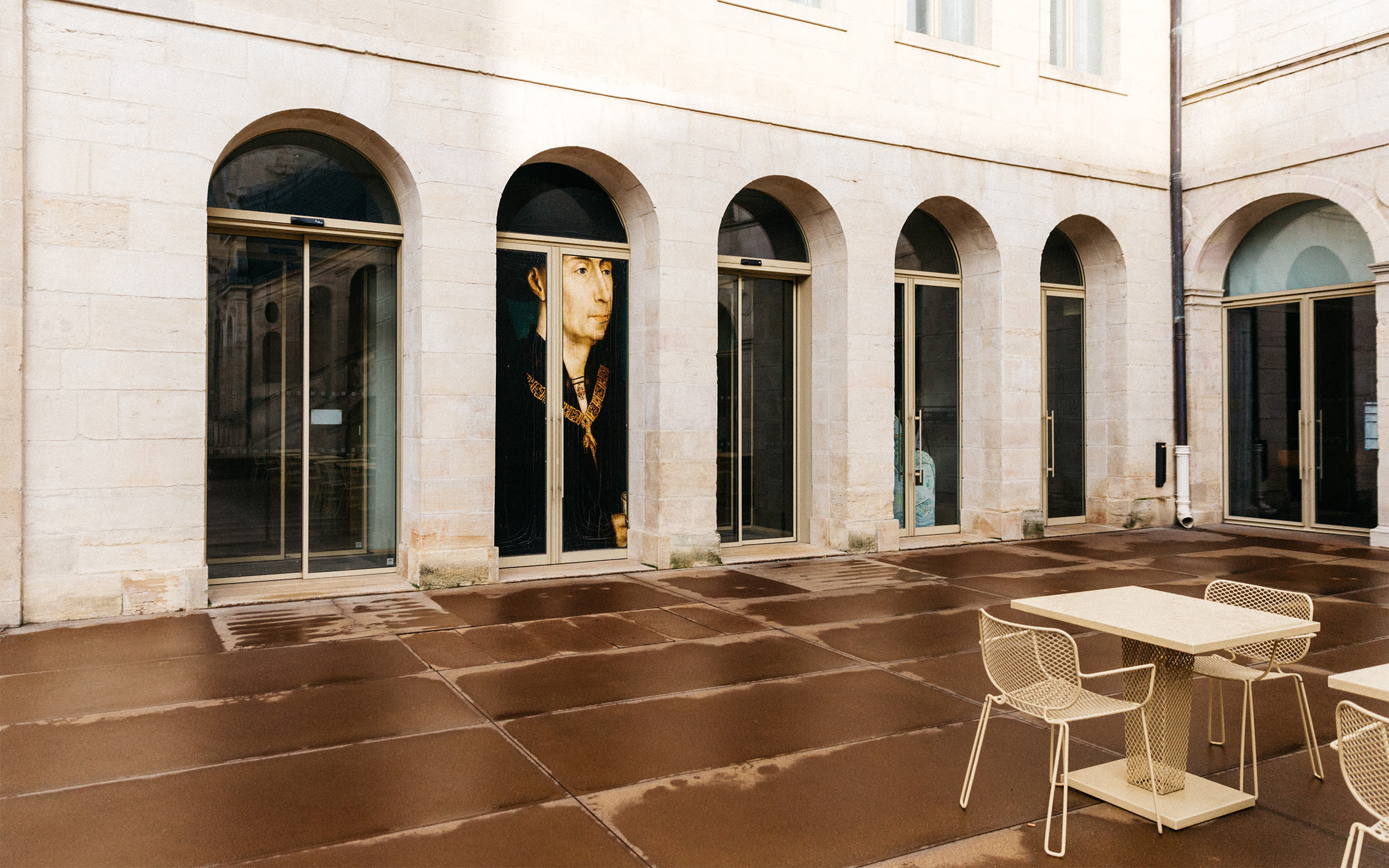
Meriem Souissi is a journalist and head of supplements at the Journal de Saône-et-Loire.
English translation: Catherine Bennett.
Published on March 17, 2023.
Captions for full-bleed images and videos, from top to bottom: 1. Vineyards in Burgundy. 2. Inside Le Consortium in Dijon. 3. Rémy Zaugg's public artwork in Source-Seine. 4. Visitors at Cluny Abbey. All photographs and videos by Baptiste de Ville d'Avray for Paris+ par Art Basel.